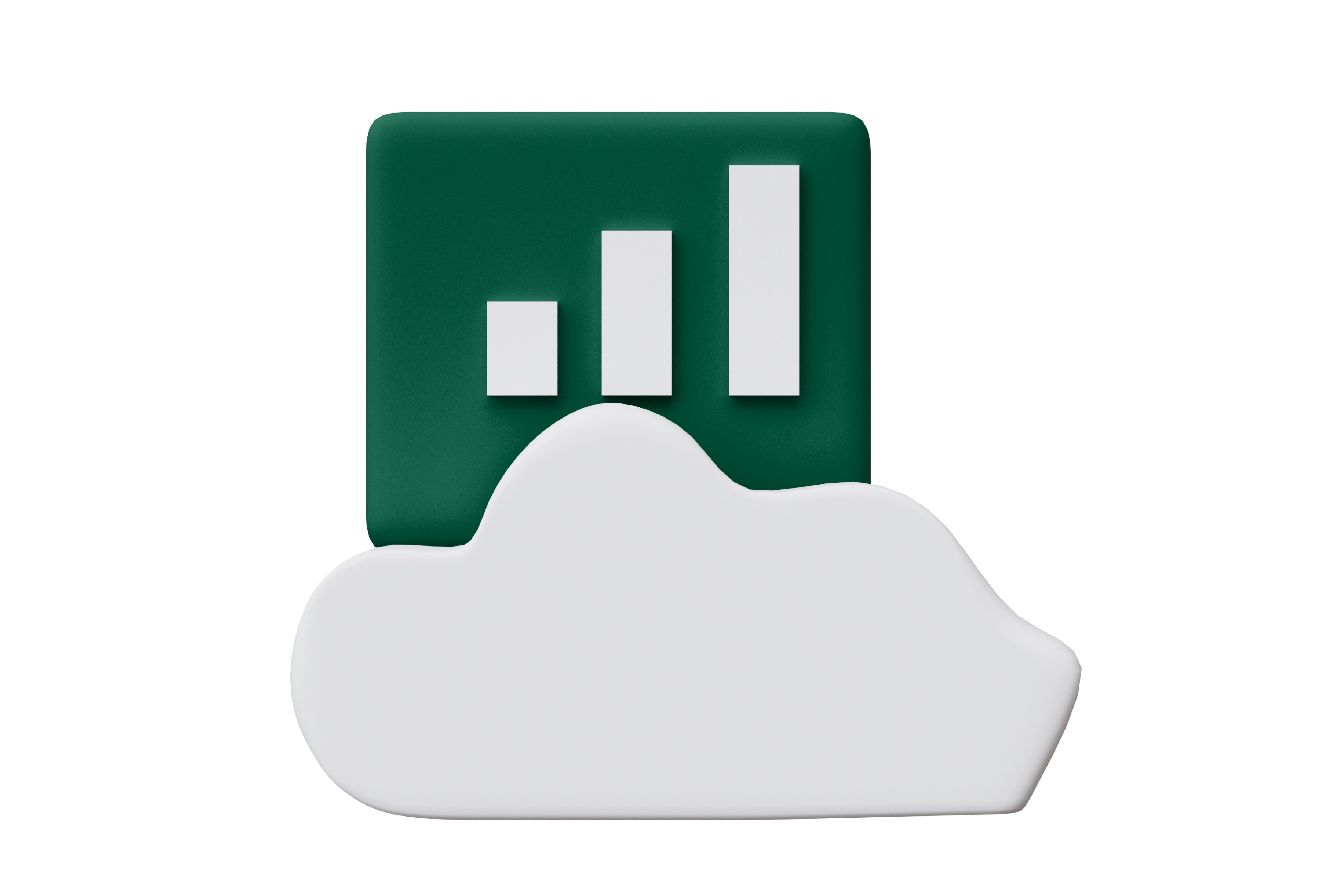Database Analysis

Introduction
In the age of information, databases are the digital storehouses of invaluable data. They contain a treasure trove of information that, when properly analyzed, can provide organizations with the insights they need to make informed decisions, drive efficiency, and stay competitive. This article delves into the world of database analysis, its significance, and how it empowers businesses and individuals.
The Significance of Database Analysis:
1. Informed Decision-Making:
Database analysis enables organizations to transform raw data into actionable insights. By examining patterns, trends, and correlations within the data, businesses can make informed decisions that lead to strategic advantages.
2. Improved Efficiency:
Analyzing databases can uncover inefficiencies in operations and processes. By identifying bottlenecks and areas that need improvement, organizations can streamline their workflows, reduce costs, and enhance productivity.
3. Enhanced Customer Experiences:
Database analysis allows businesses to better understand their customers. By studying customer behavior and preferences, companies can tailor their products, services, and marketing efforts to meet specific needs, ultimately providing superior customer experiences.
4. Competitive Advantage:
In today's highly competitive business landscape, having the ability to analyze data effectively provides a distinct advantage. It allows organizations to adapt quickly to changing market conditions and stay ahead of the competition.
The Process of Database Analysis:
1.Data Collection:
Gathering relevant data from various sources, including customer interactions, transactions, and online activity.
2.Data Cleaning:
Ensuring data accuracy by removing duplicates, errors, and inconsistencies.
3. Data Transformation:
Converting data into a format suitable for analysis, such as creating graphs, charts, or reports.
4.Data Analysis:
Utilizing data analysis tools and techniques to extract meaningful insights from the information.
5. Data Visualization:
Presenting the results in a visual and comprehensible format, making it easier for stakeholders to understand and act on the insights.
Tools and Technologies:
There are various tools and technologies available for database analysis, including database management systems (DBMS) such as MySQL, PostgreSQL, and Oracle. Additionally, data analytics platforms like Tableau, Power BI, and Python's data analysis libraries are commonly used to analyze and visualize data.
Conclusion
Database analysis is a powerful tool that empowers organizations to harness the potential of their data. It is the bridge between raw information and actionable insights, enabling businesses to make informed decisions, streamline operations, and improve customer experiences. In a world inundated with data, those who can effectively analyze and leverage their databases will have a competitive edge. Whether you're a business looking to gain a market advantage or an individual seeking to understand patterns in your personal data, database analysis is the key to unlocking a world of possibilities and driving success in the digital era.
